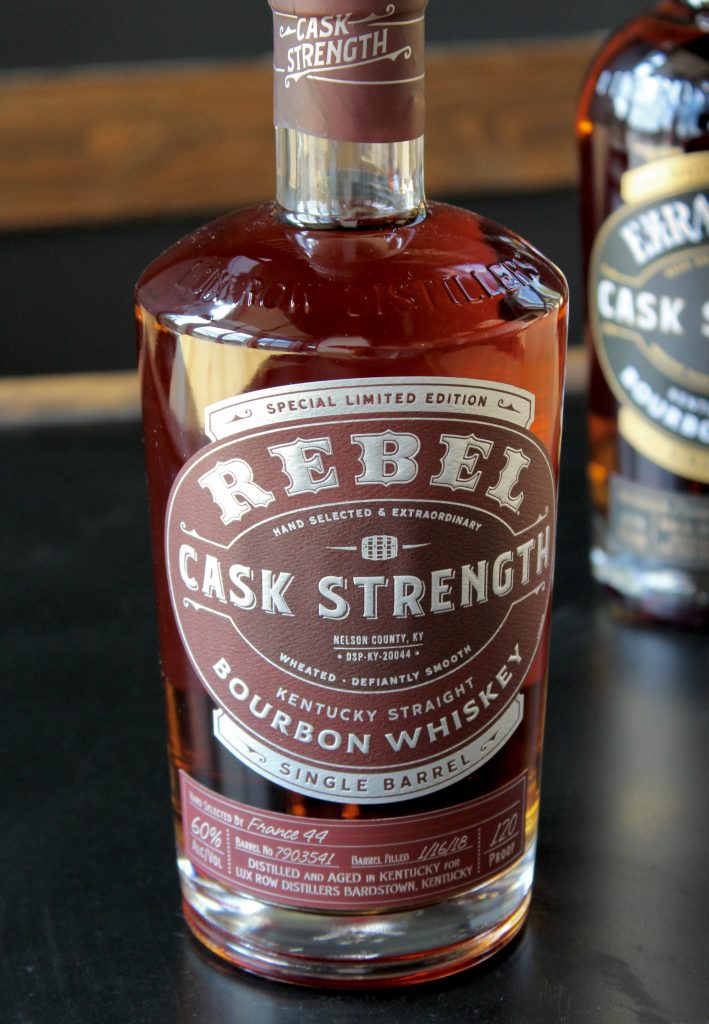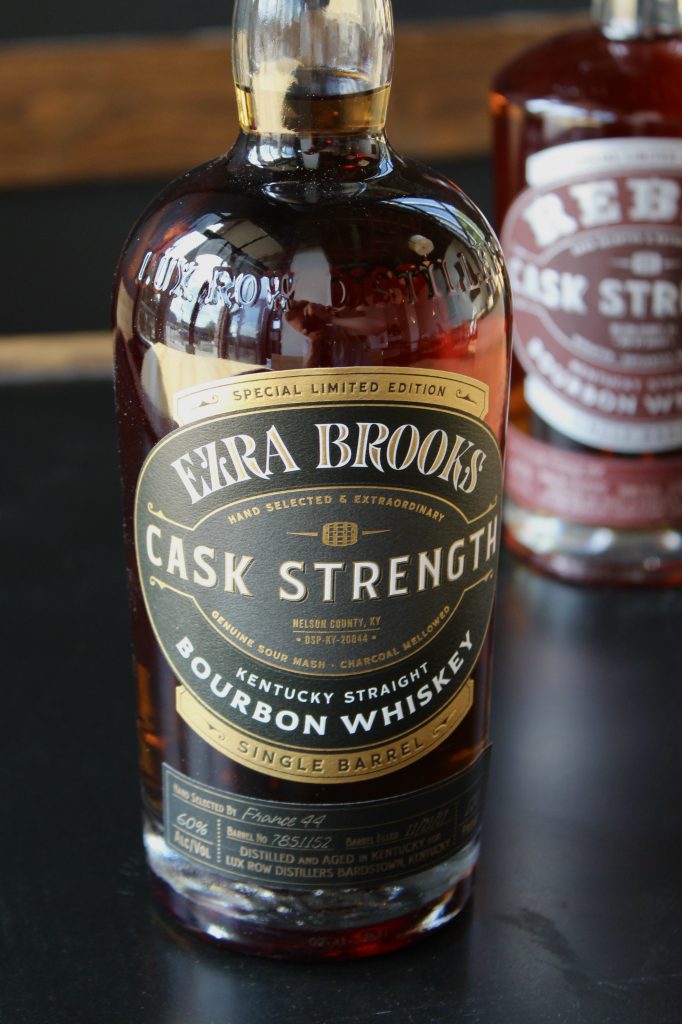We want to highlight MISA Imports this week. With a focus on quality and sustainability, MISA Wine Imports sources excellent wines from renowned small to medium wineries in Europe and beyond. They carry a wide selection of styles, from full body reds, crisp whites, and beautiful sparkling wines, and offer an excellent value.
Of the dozens of excellent MISA wines that we carry, we’ve chosen a few of our favorites to share with you, all of which are available in our store!
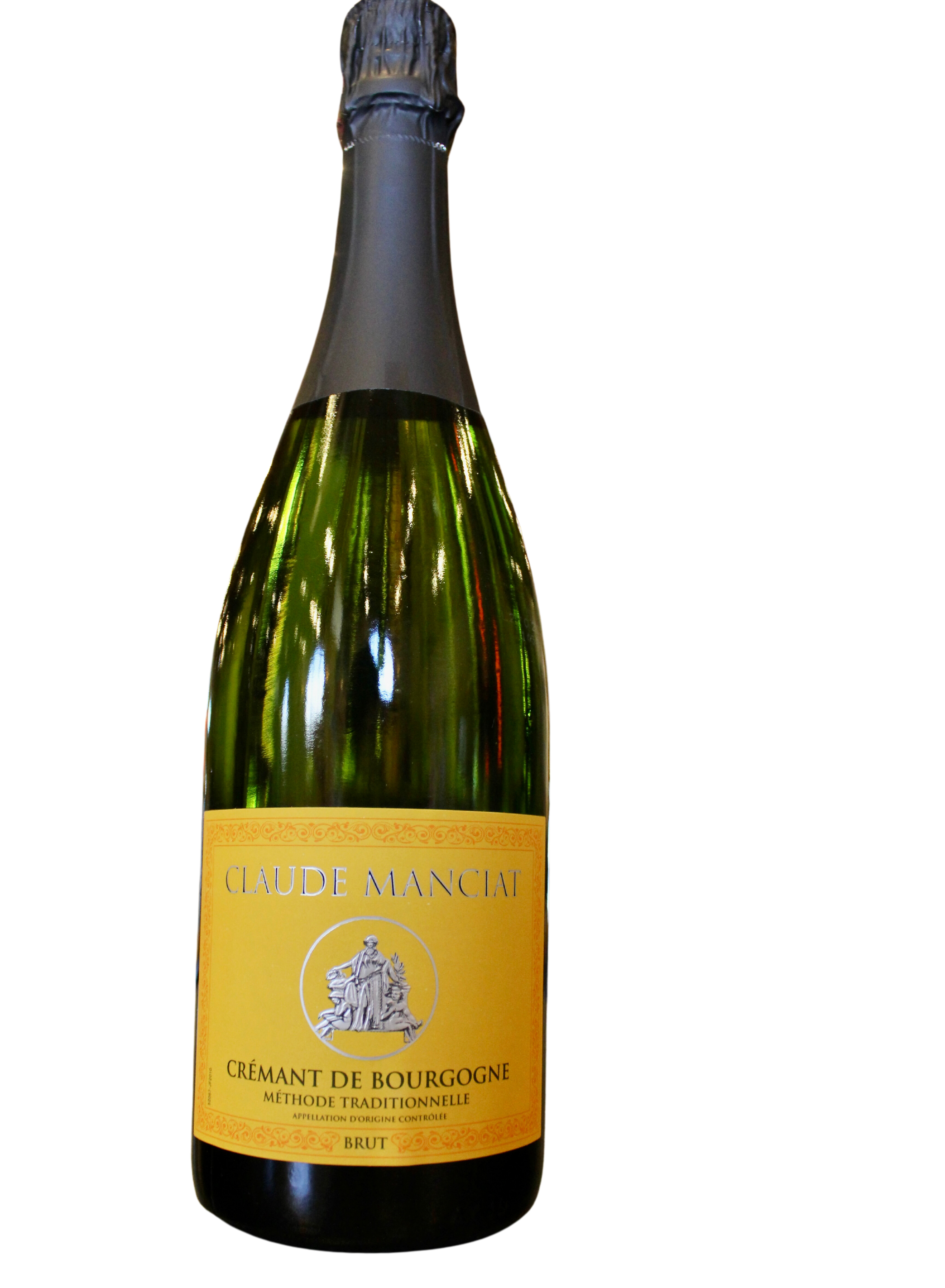
Manciat Cremant de Bourgogne NV, Burgundy, France – $19.99
100% Chardonnay. Sourced from the neighboring villages of Pouilly-Fuisse. Nice yeast and baked bread notes on the nose. This is a deliciously fruity and rich Cremant, with fruit flavors of green apple and melon and chalky aspects on the crisp, clean finish.
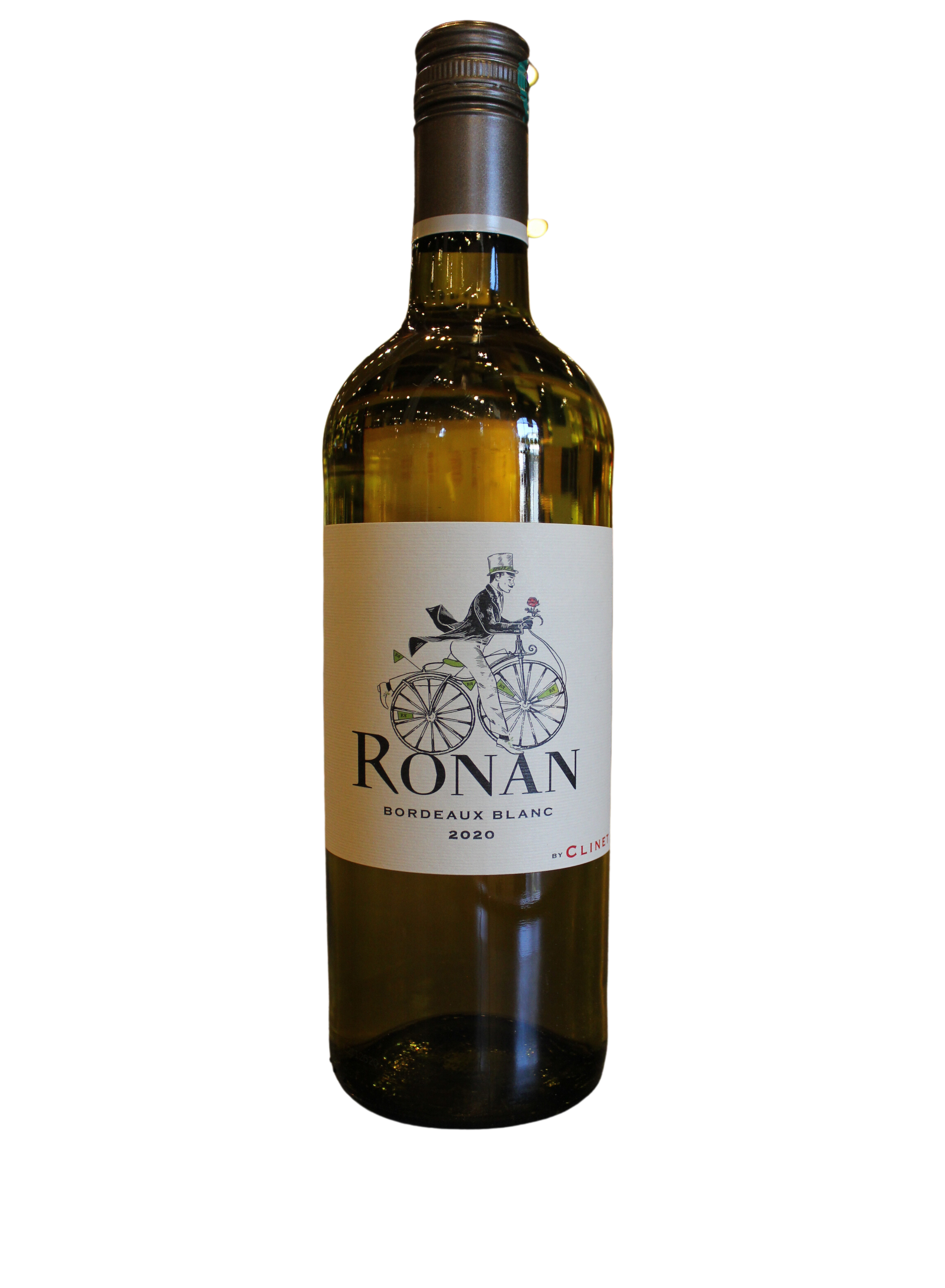
Ronan by Clinet Blanc 2020, Bordeaux, France – $17.99
Ronan By Clinet White offers a bright golden hue, as a pleasant introduction to a fine wine. Hints of yuzu, grapefruit, white flowers, passion fruit, a succession of aromas, all promising freshness, elegance and complexity.
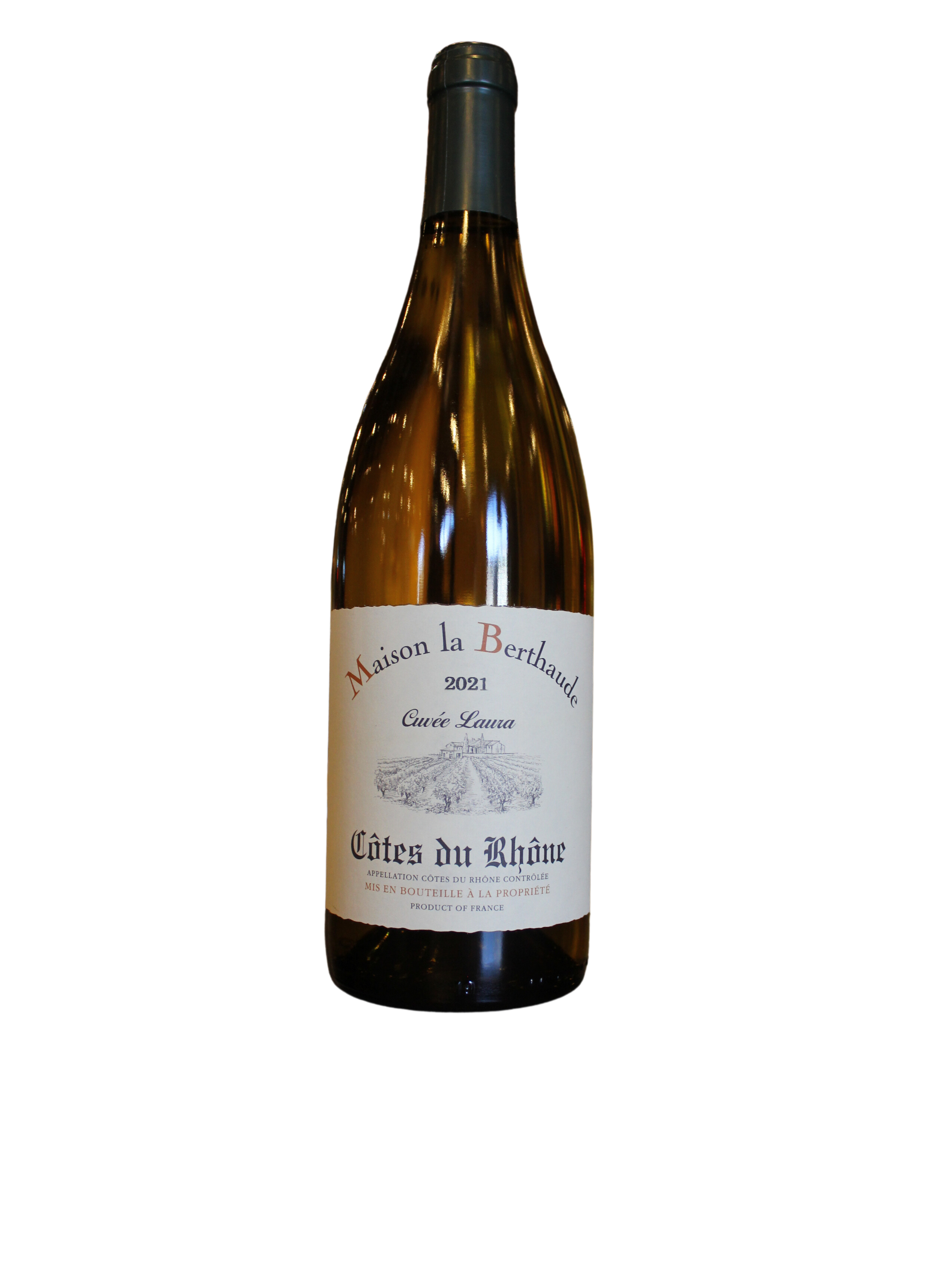
Berthaude Cuvee Laura Côtes du Rhône Blanc 2021, Rhone Valley, France – $17.99
85% Viognier, 15% Grenache Blanc/Marsanne blend. Vinified in stainless steel tanks. Exotic nose of melon, apricot and honeysuckle with a wonderful garrigue note. On the palate there is a focused mineral vein that runs through the wine, with ripe apricot, peach and honeydew.
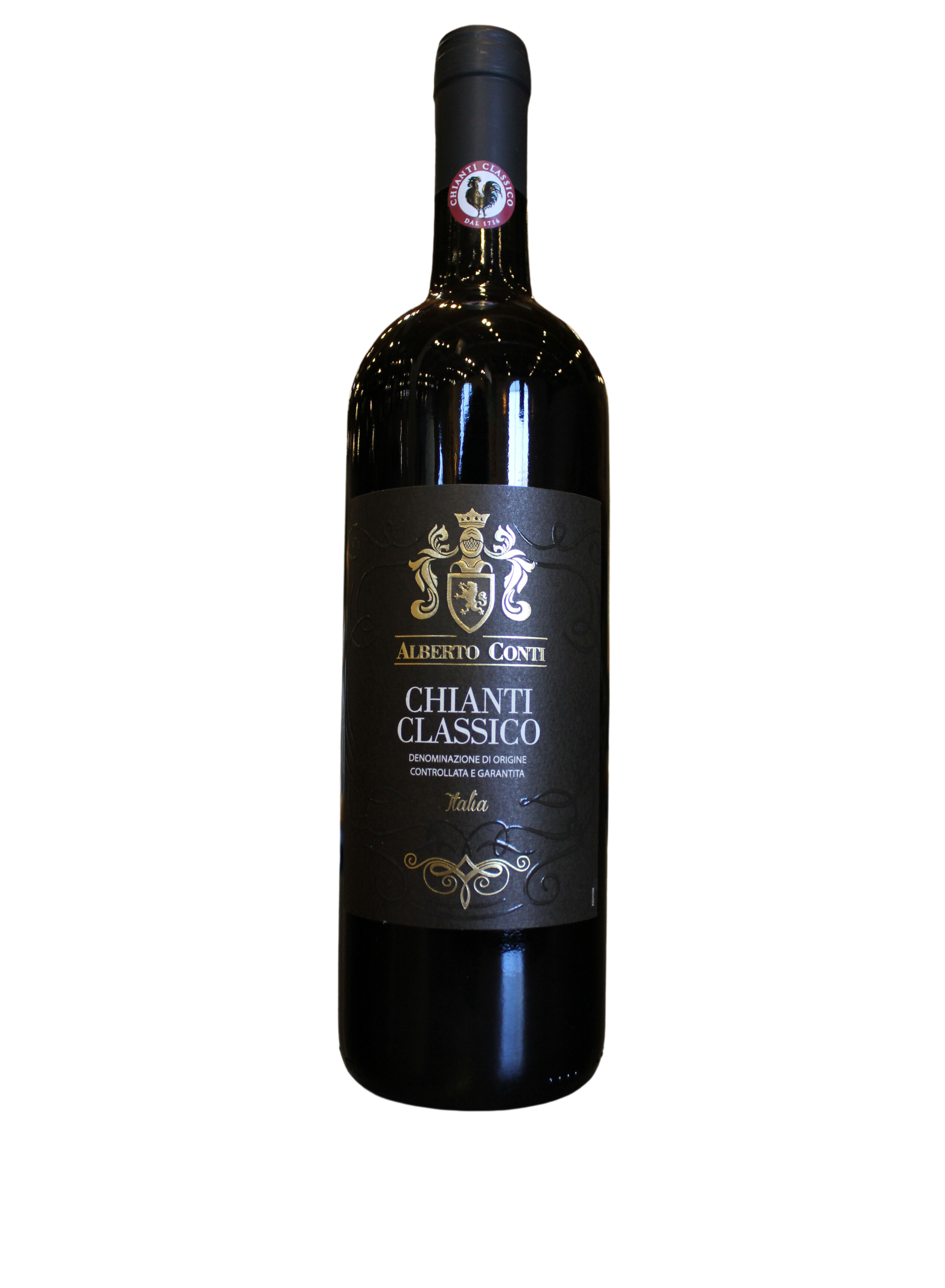
Alberto Conti Chianti Classico 2019, Tuscany, Italy – $17.99
Displays an intense crimson color. This 100% Sangiovese has a delicate bouquet brimming with fresh aromas of iris and violets that evolve into forest berries at the end. On the palate, it has a powerful blend of dry, mineral notes that provide an intense, persistent flavor.
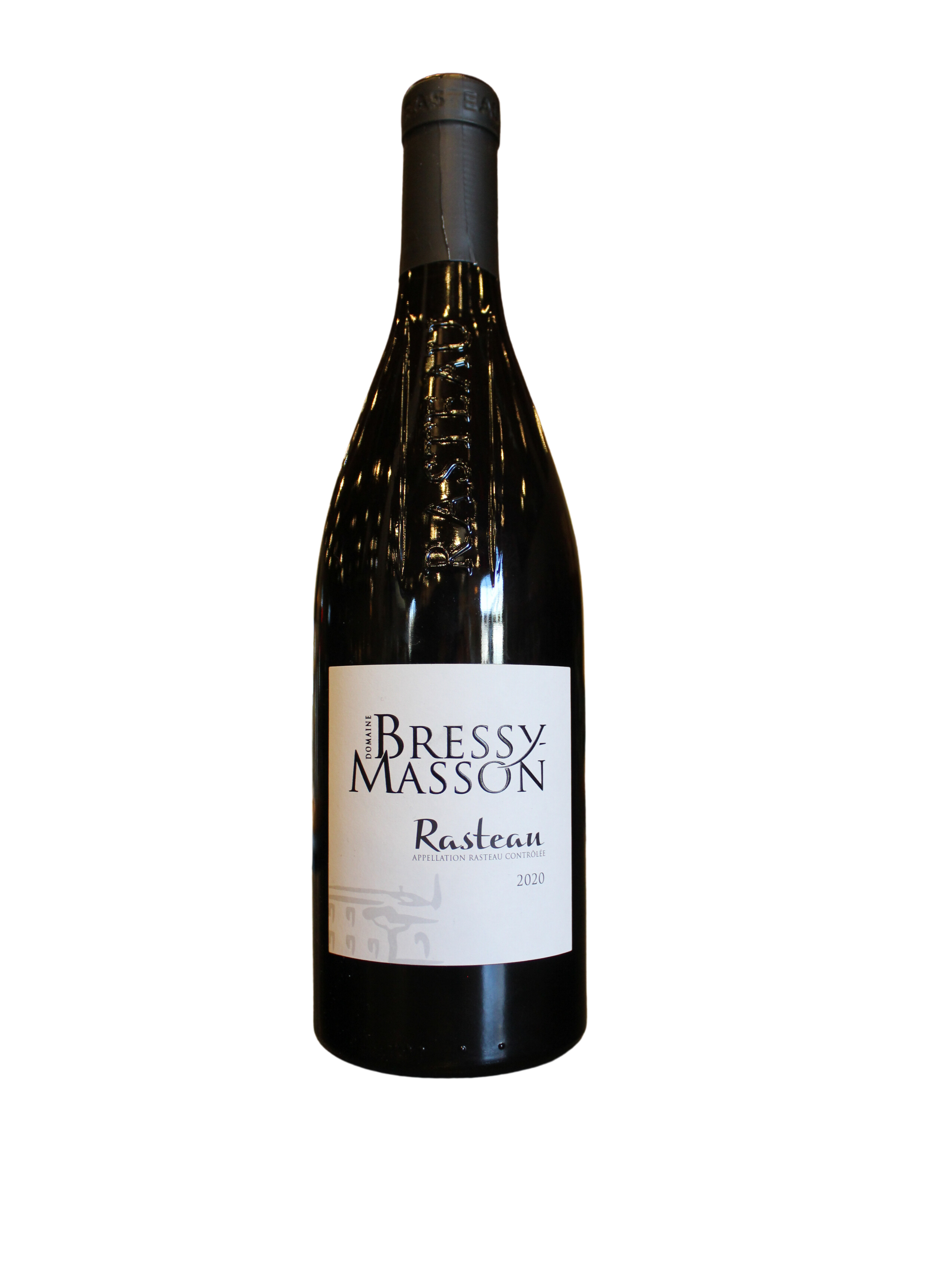
Domaine Bressy Masson Rasteau 2020, Bordeaux, France – $24.99
This complex wine has a beautiful black-purple color and offers a rich bouquet of blackberries, blackcurrants and violets. On the palate it is full-bodied, liquorice-like and ends with mineral and even salty notes.
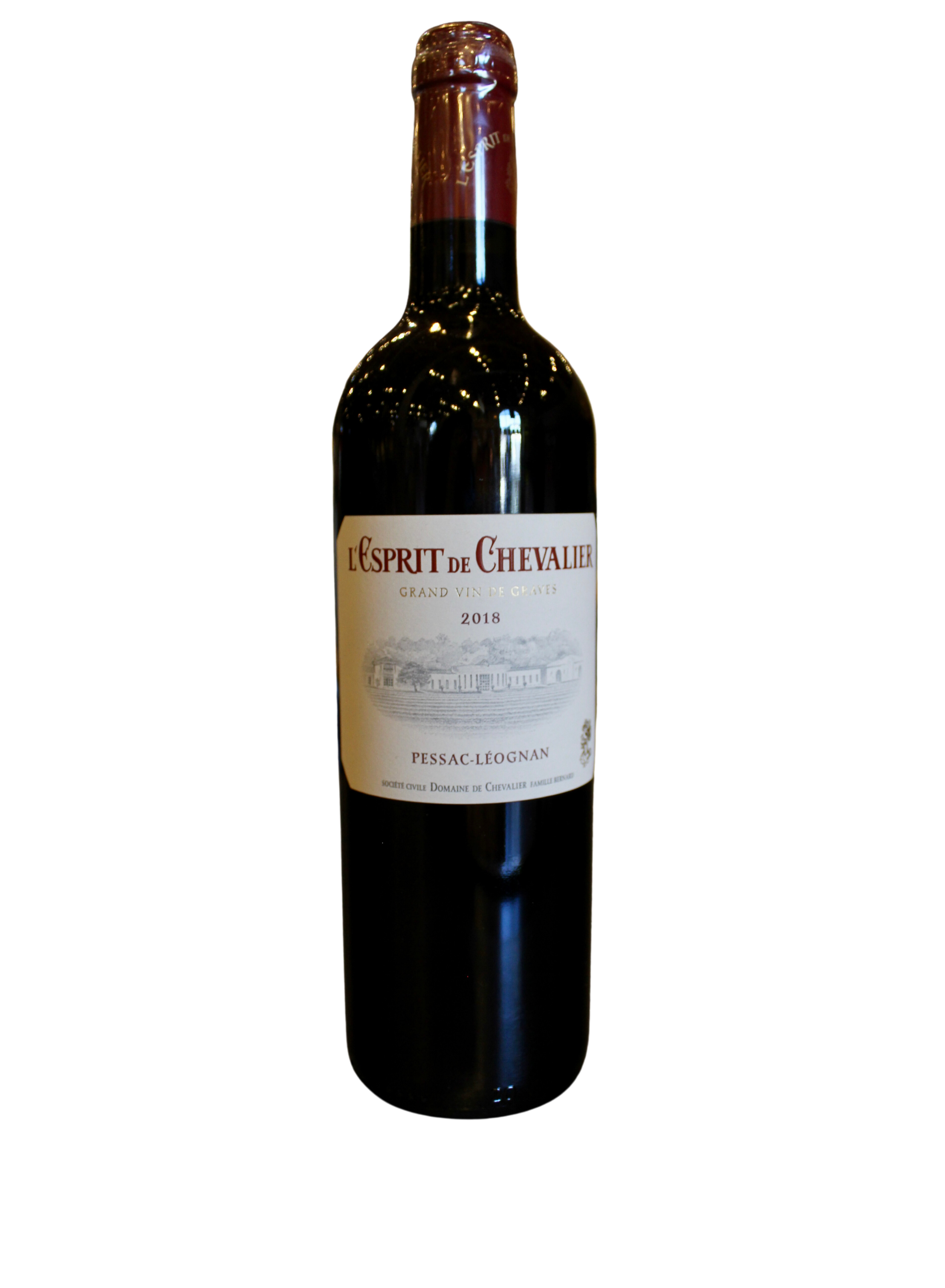
L’Espirit de Chevalier Pessac Leognan 2018, Bordeaux, France – $44.99
The second wine of Domaine de Chevalier, this shows all the richness of the vintage, with weighty tannins and a generous future. Blackberry fruits and a core that promises plenty of potential as the dryness softens contribute to what will be a richly structured, complex wine.
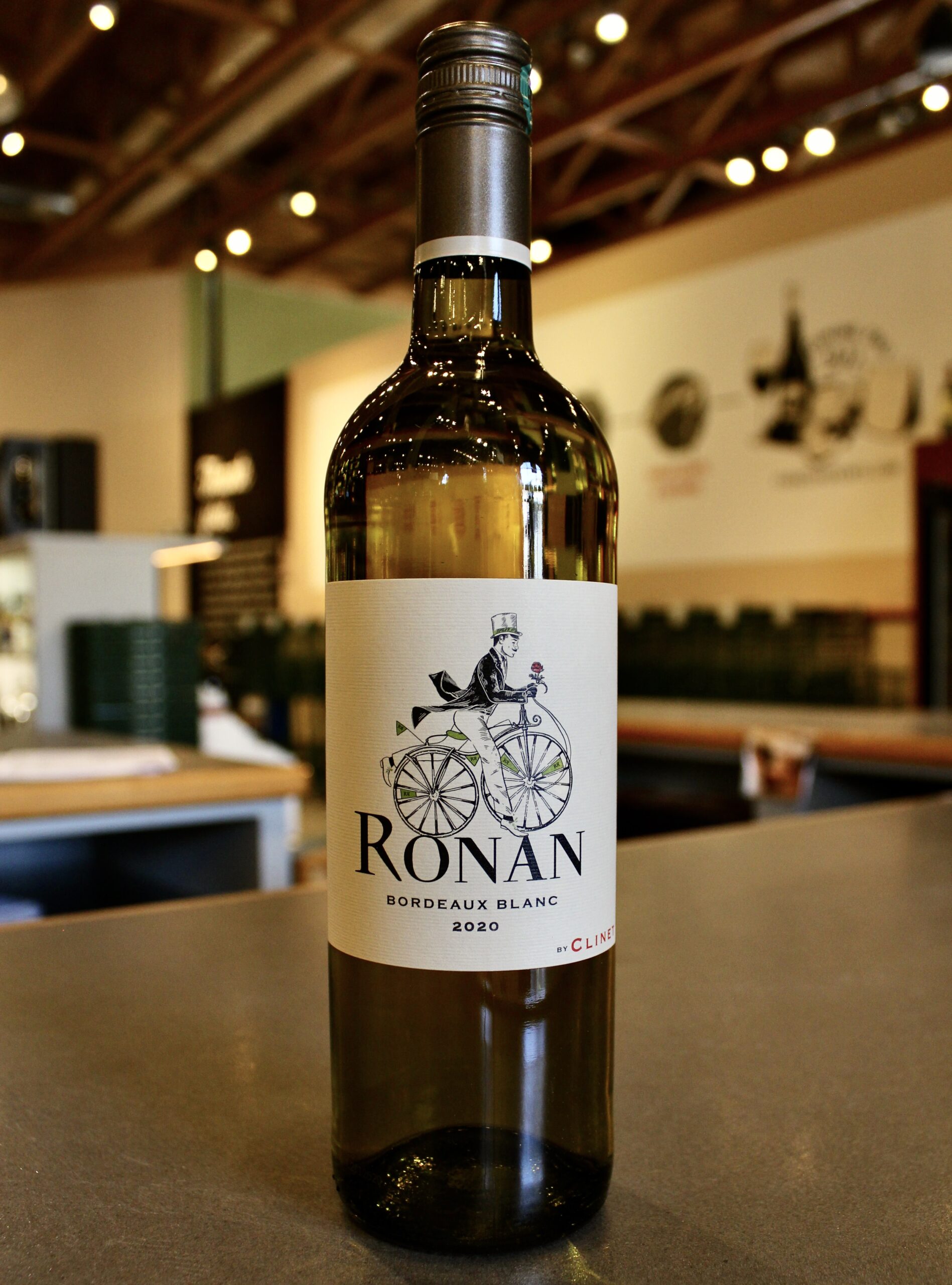
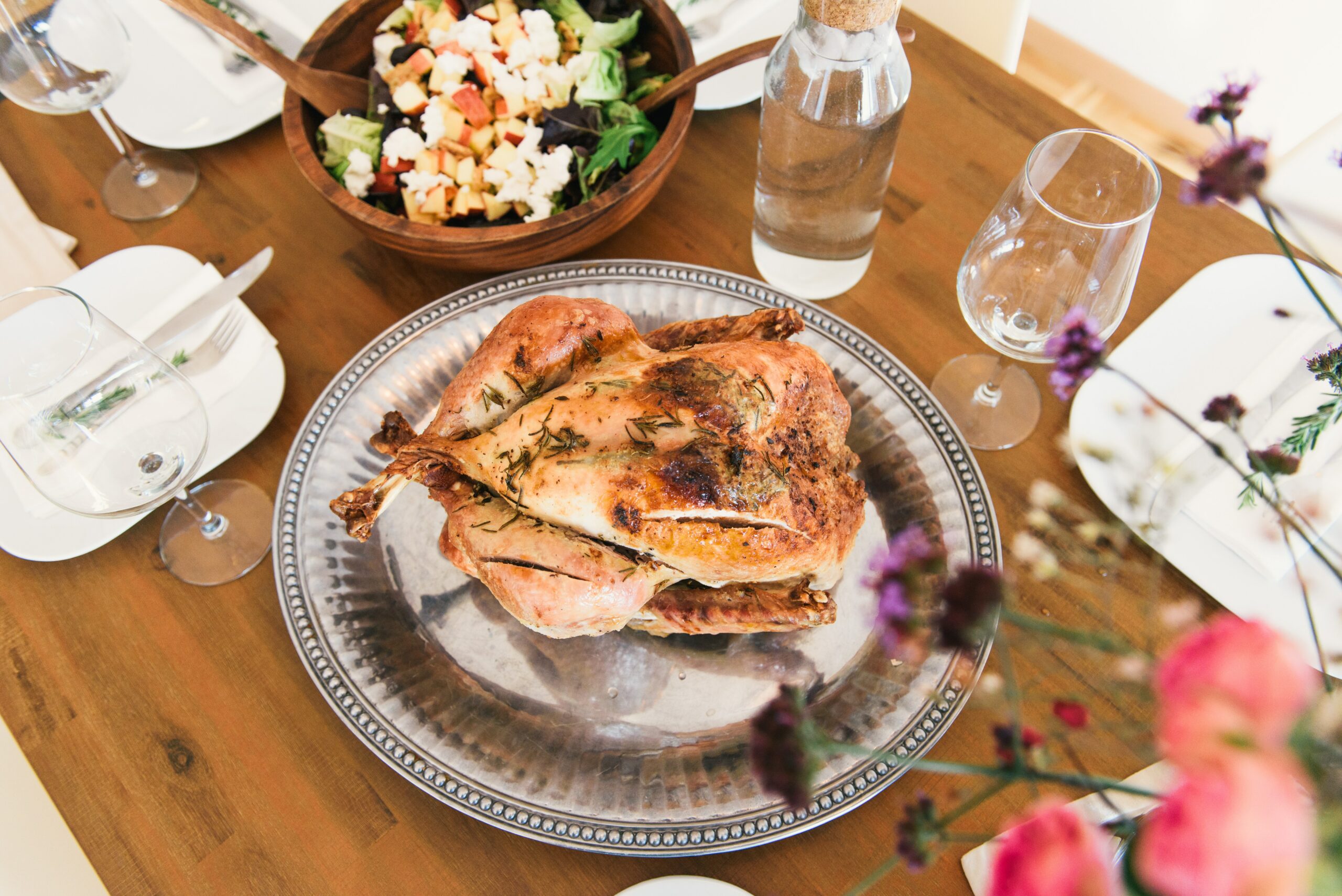
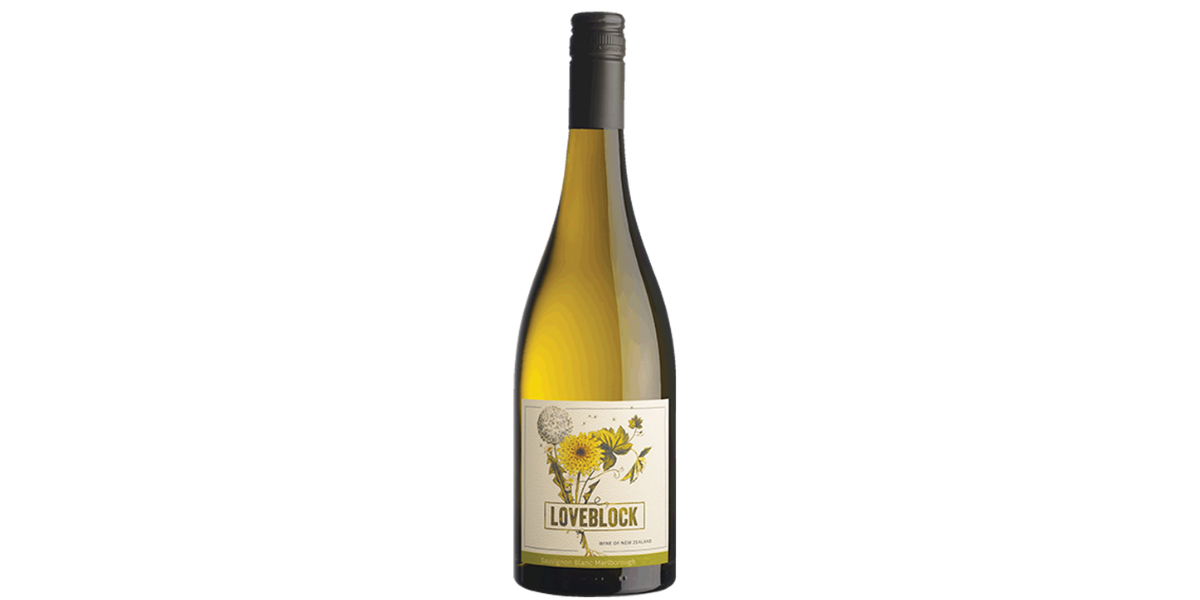
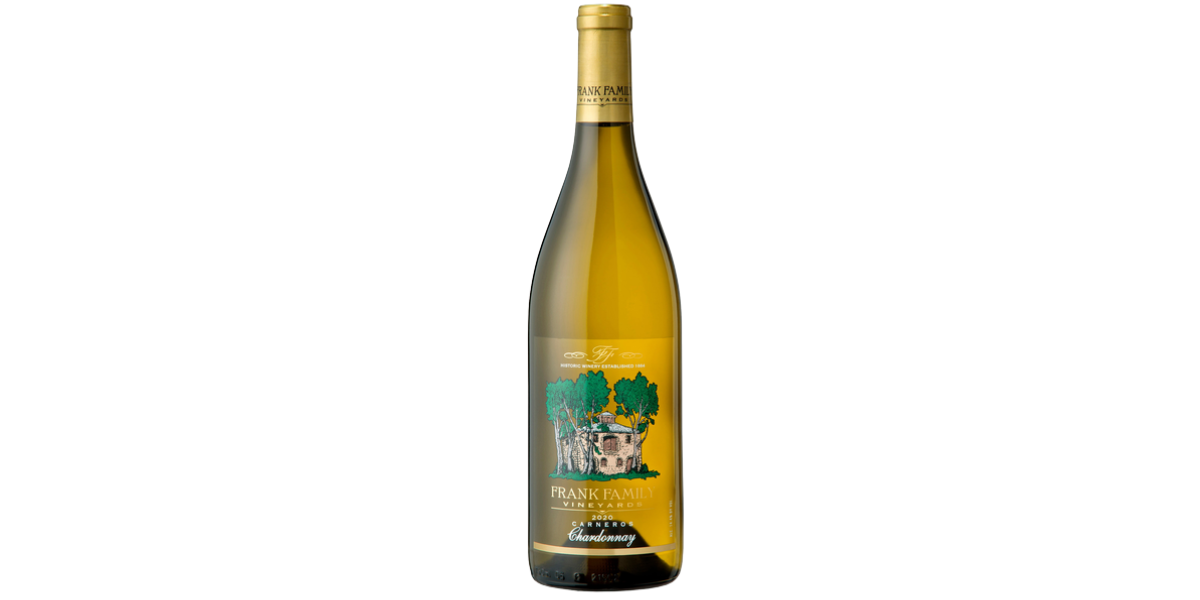
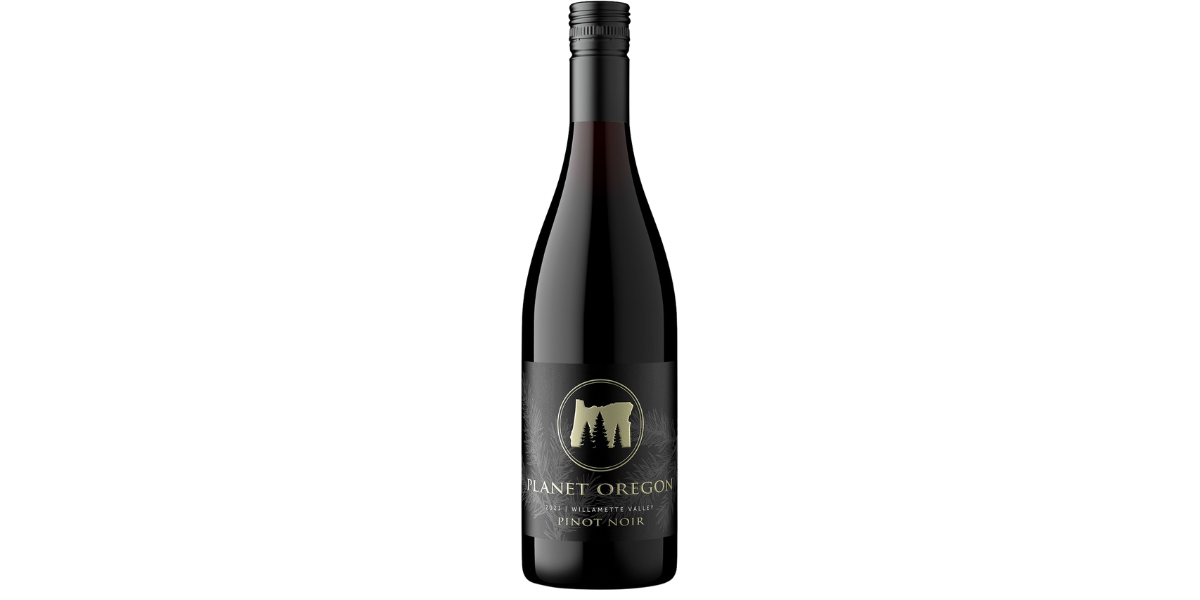
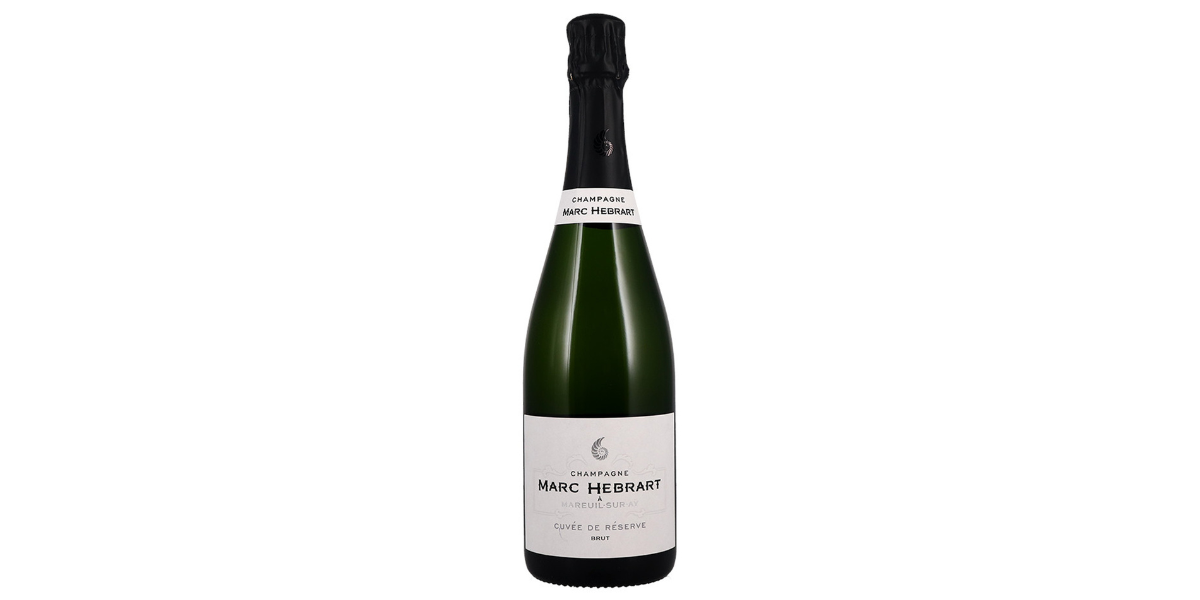
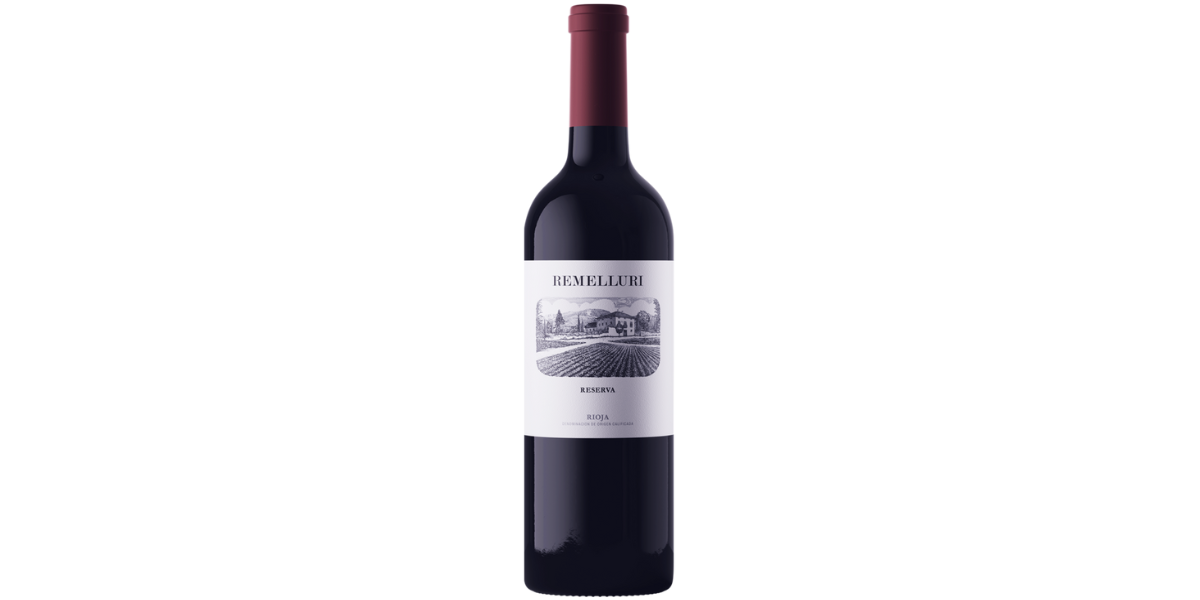
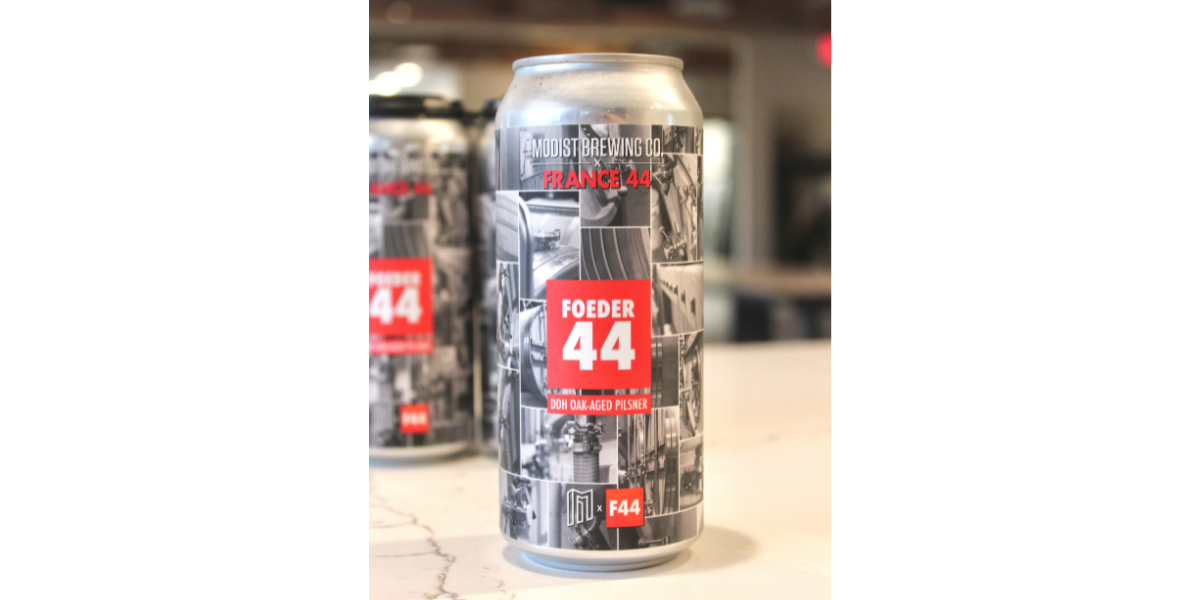
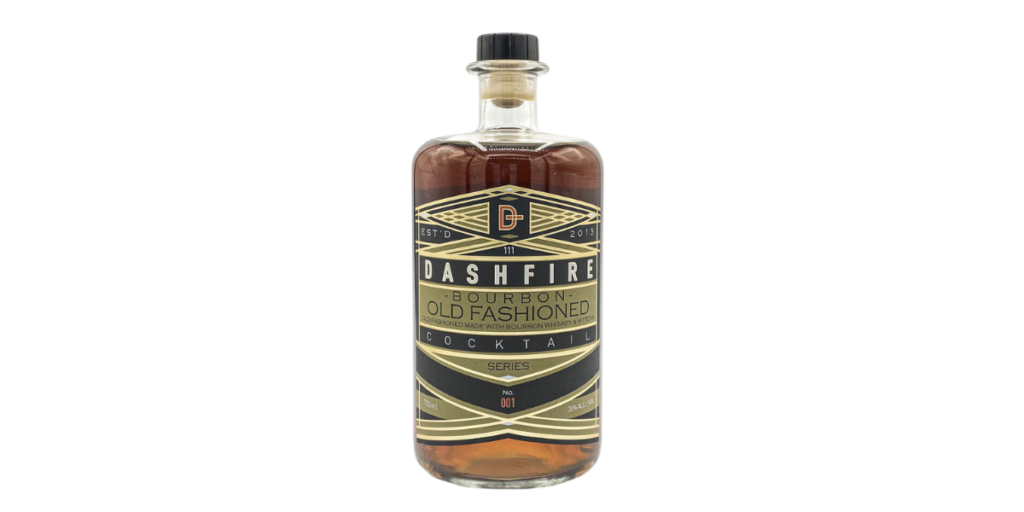
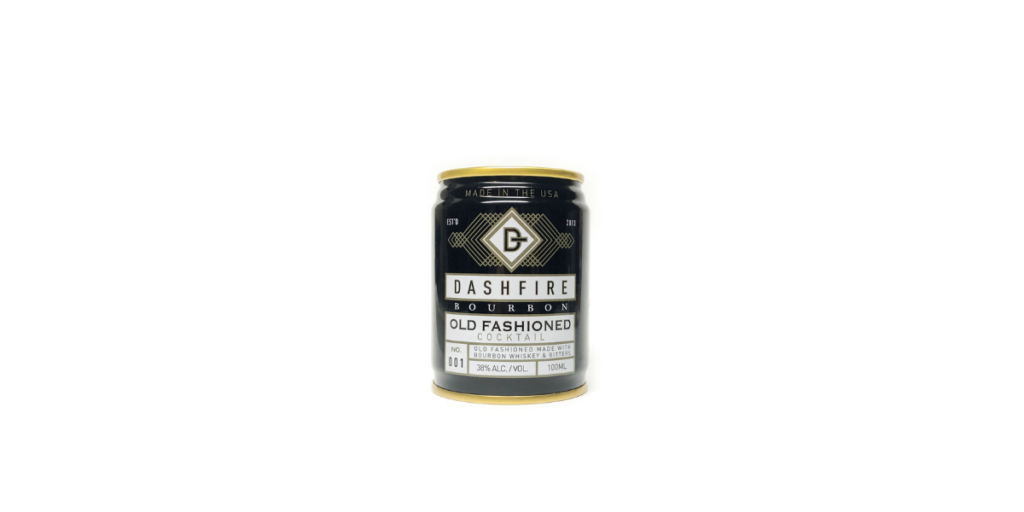
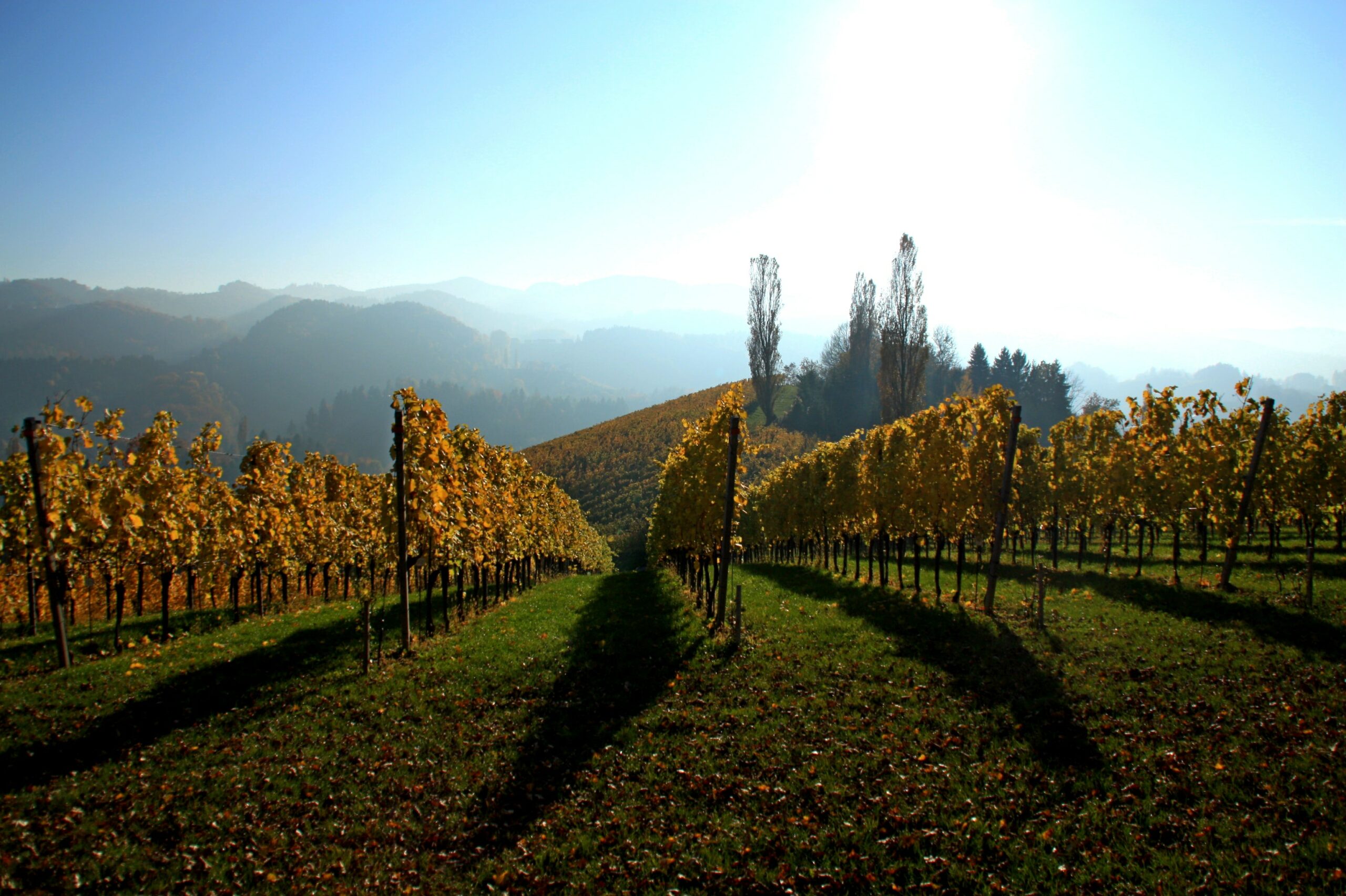

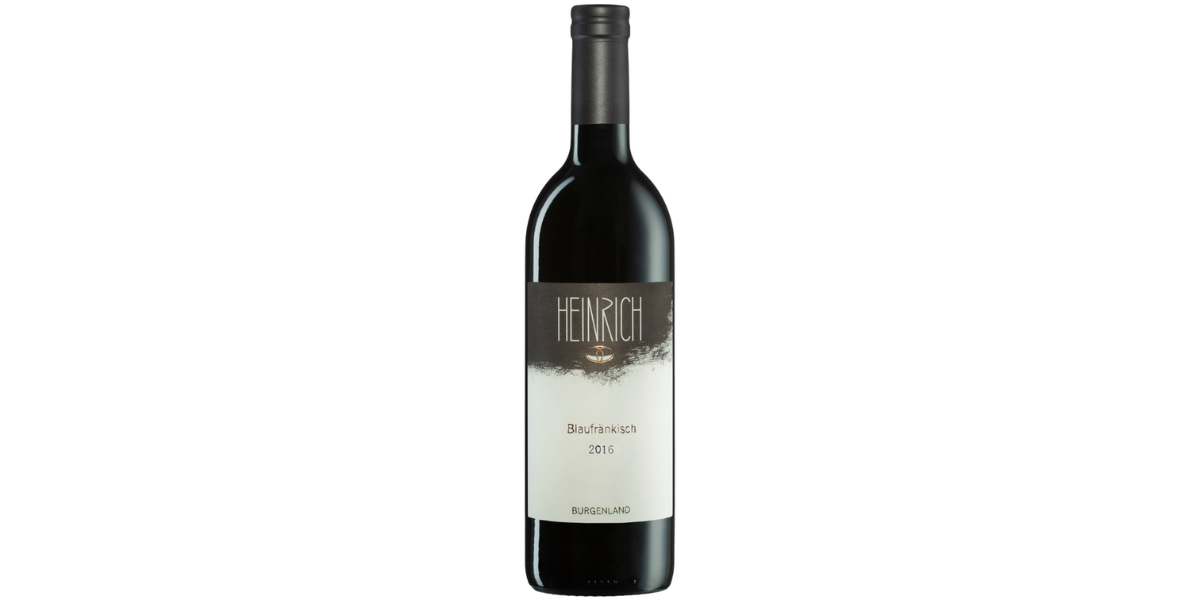
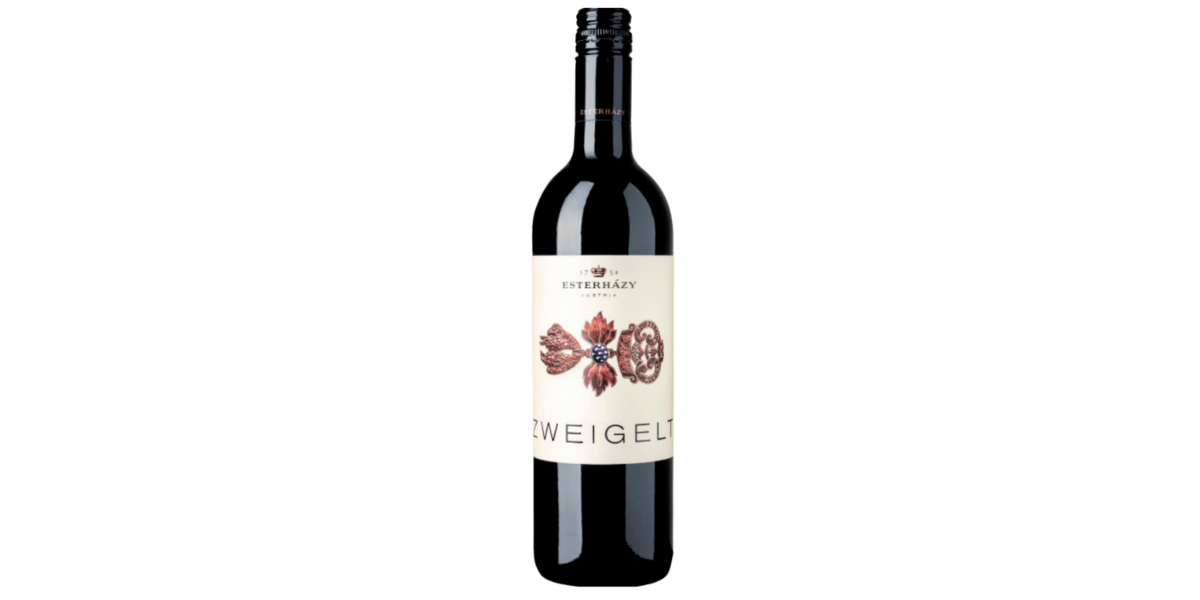
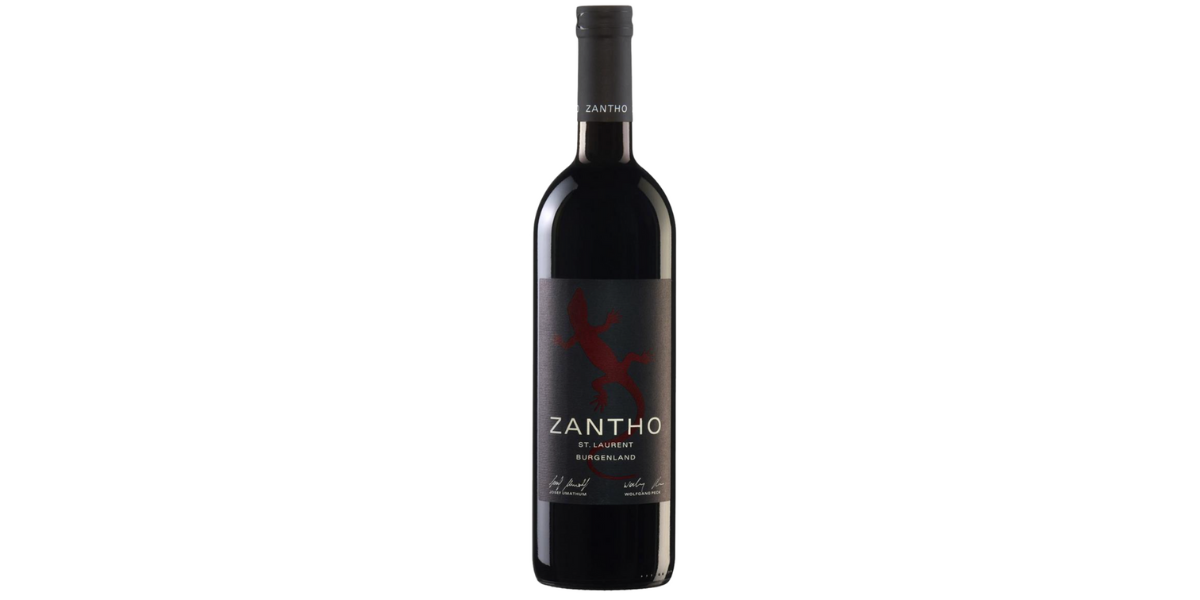
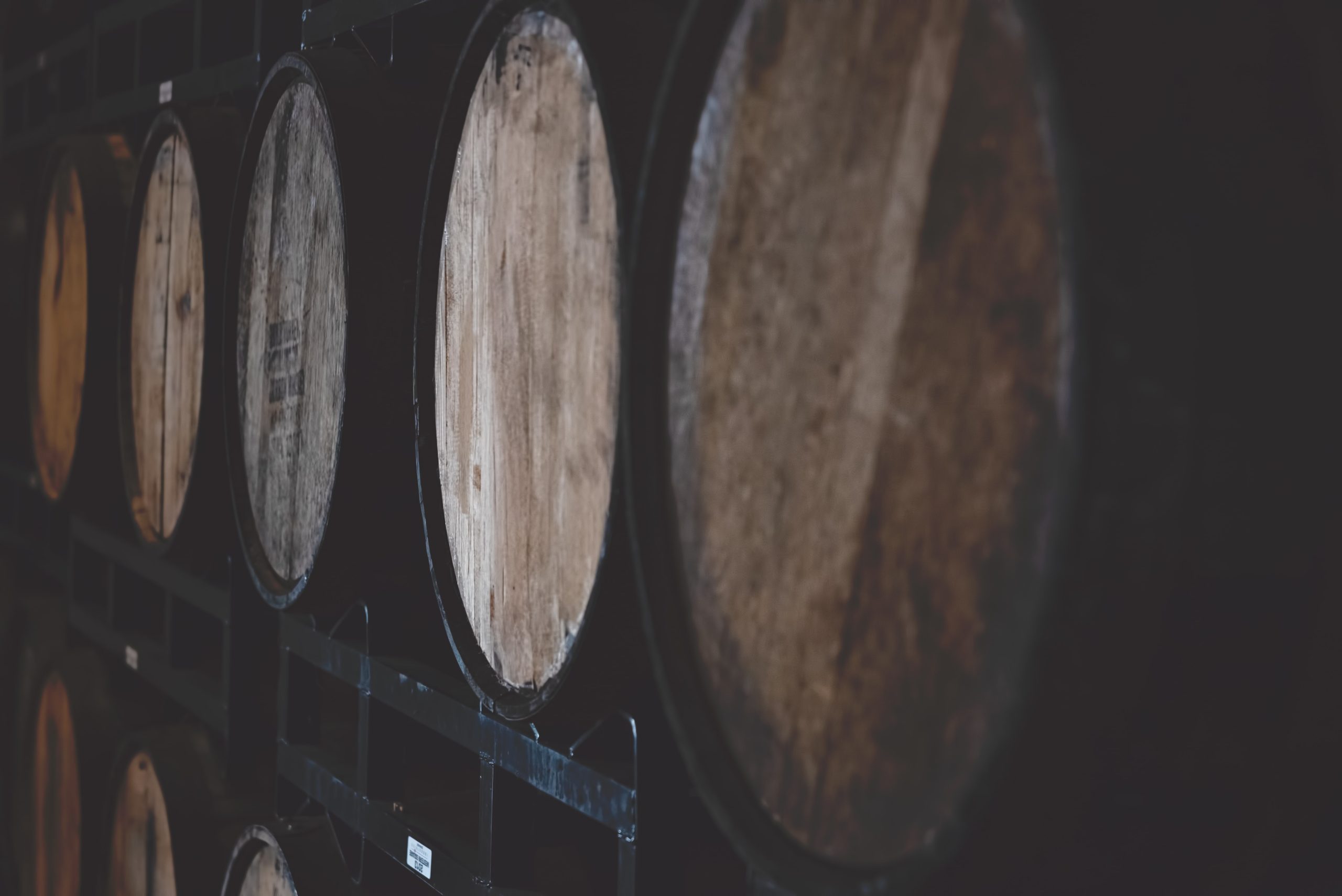
 by Tom
by Tom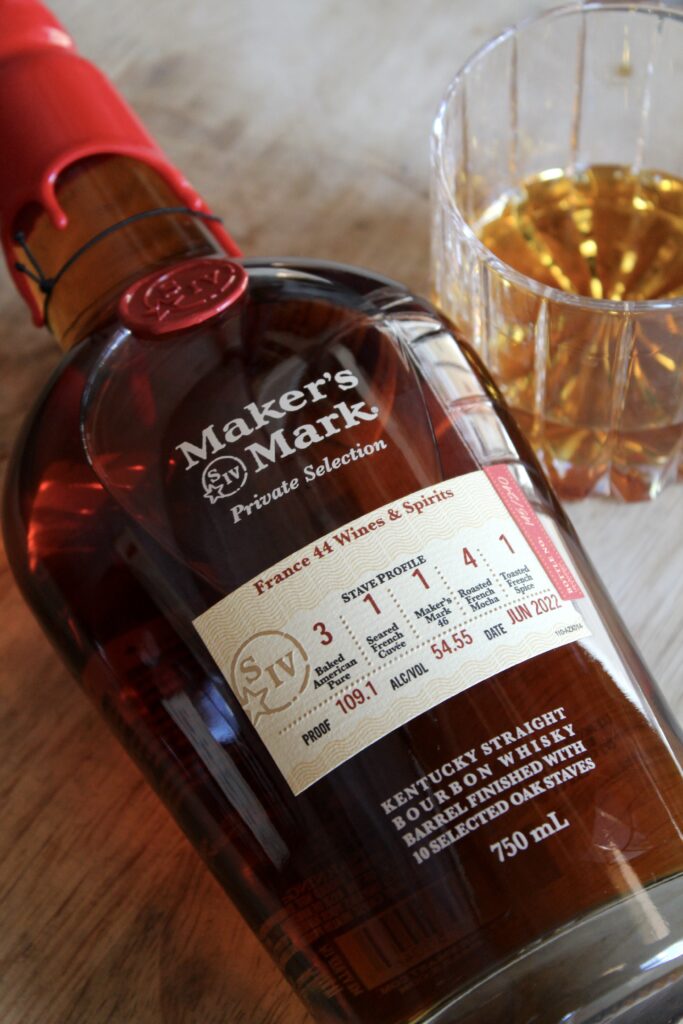
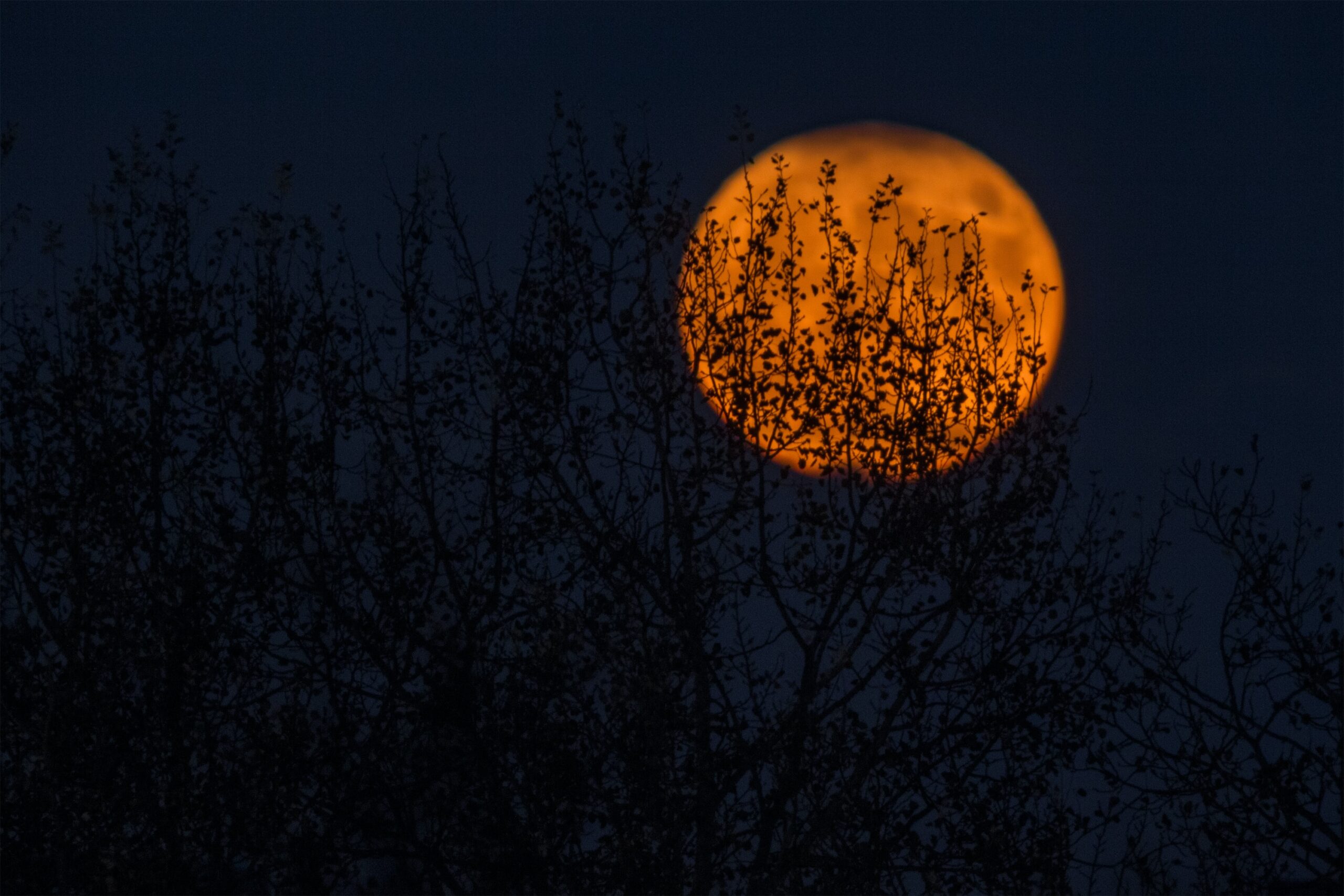
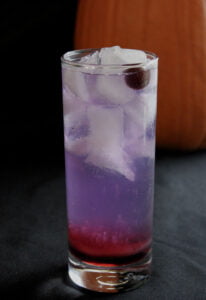
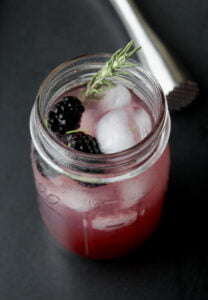
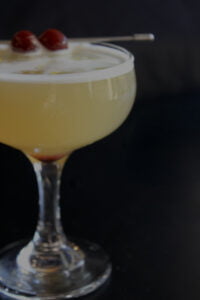 By now you probably have some apple cider sitting in the fridge ready for a new spin. Here’s a fun fall take on the classic sidecar. If you’re feeling adventurous, try this warm during your next chilly evening by the fire. Or if you’re feeling lazy, simply warm up the apple cider, add cognac, and top with whipped cream for an easy treat.
By now you probably have some apple cider sitting in the fridge ready for a new spin. Here’s a fun fall take on the classic sidecar. If you’re feeling adventurous, try this warm during your next chilly evening by the fire. Or if you’re feeling lazy, simply warm up the apple cider, add cognac, and top with whipped cream for an easy treat.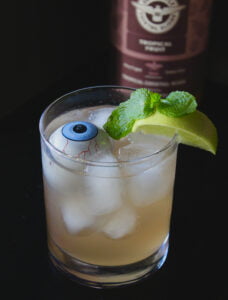 Cachaça Zombie
Cachaça Zombie 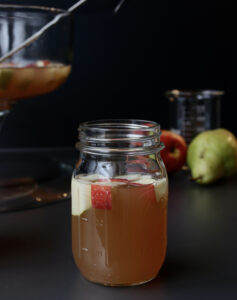 You probably still have some apple cider; we all make the same mistakes every fall, nobody is perfect. So here’s a great recipe to share with your ghoul and goblin friends at your haunted gatherings. Use up that cider and that dusty bottle of pinot grigio you never got to in the summer, and bring the shenanigans to the party!
You probably still have some apple cider; we all make the same mistakes every fall, nobody is perfect. So here’s a great recipe to share with your ghoul and goblin friends at your haunted gatherings. Use up that cider and that dusty bottle of pinot grigio you never got to in the summer, and bring the shenanigans to the party!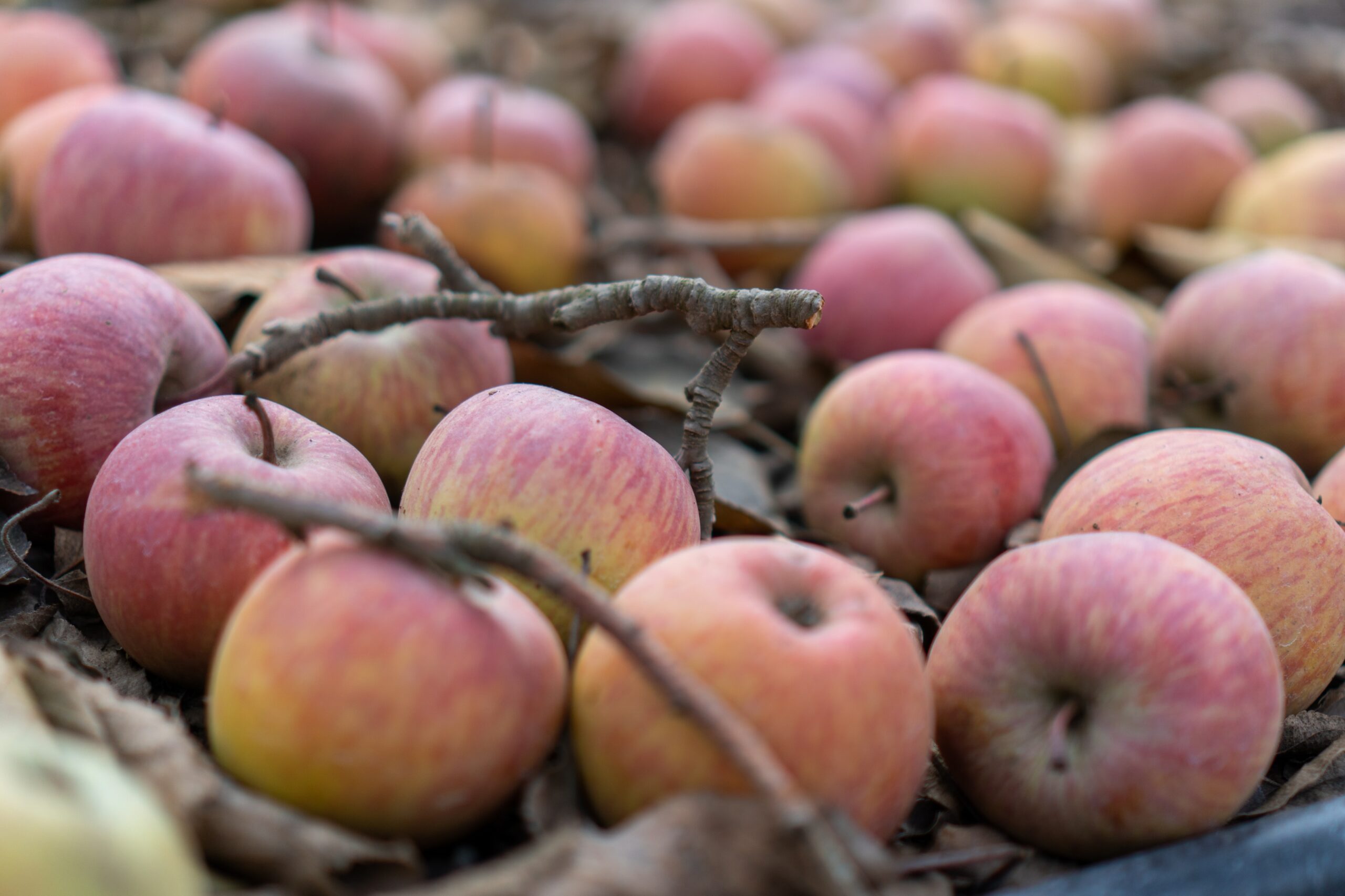
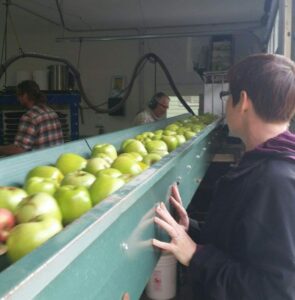
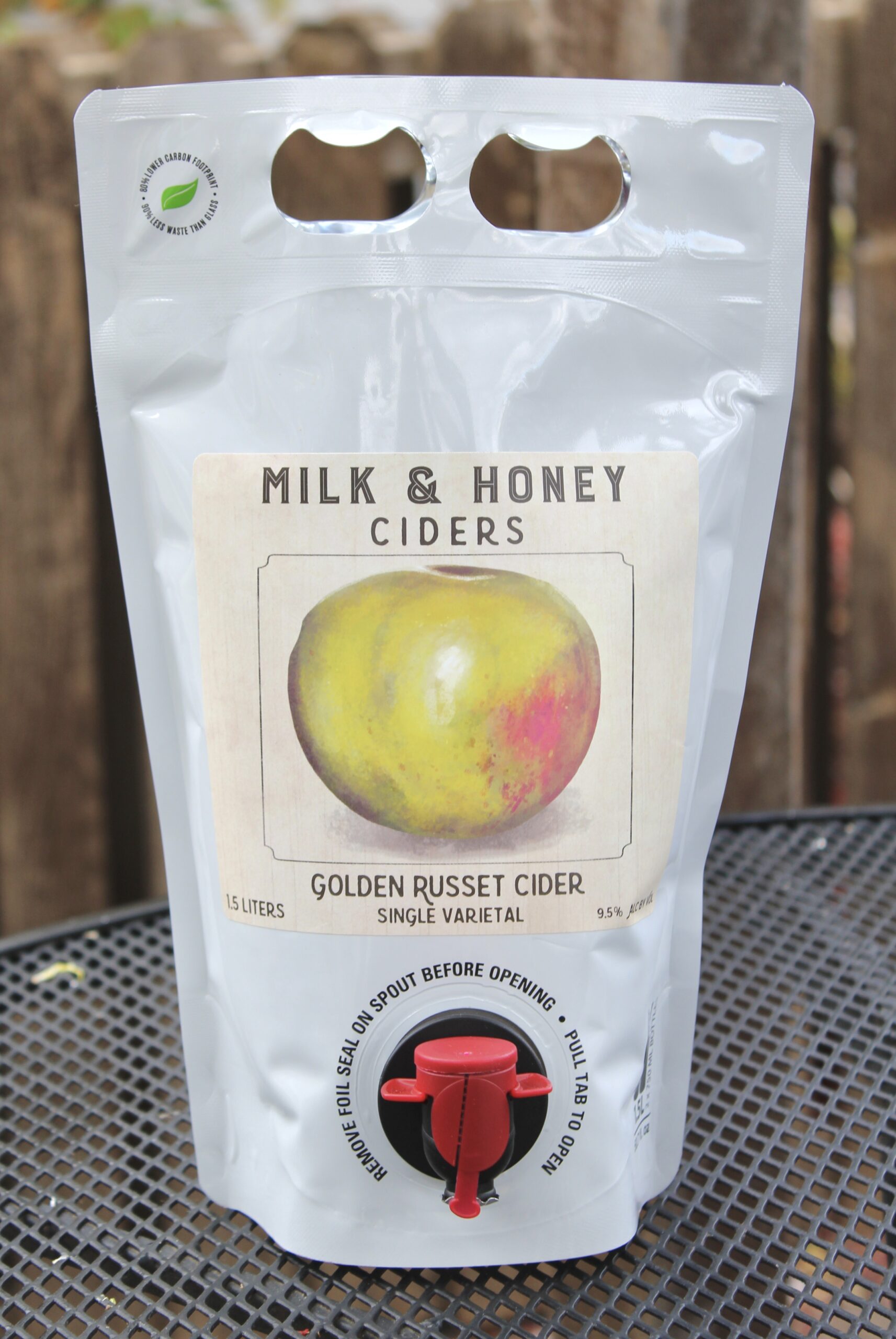
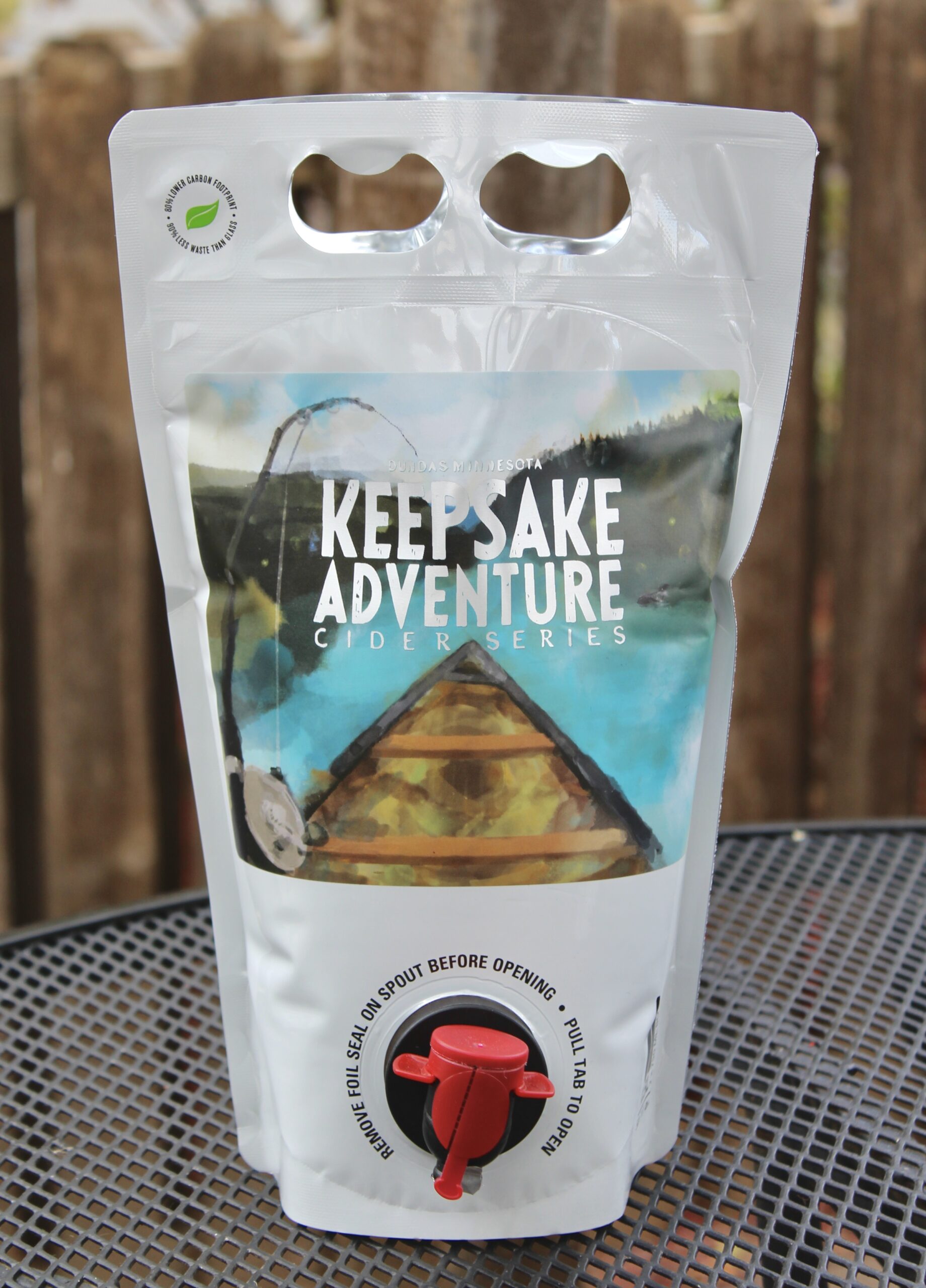
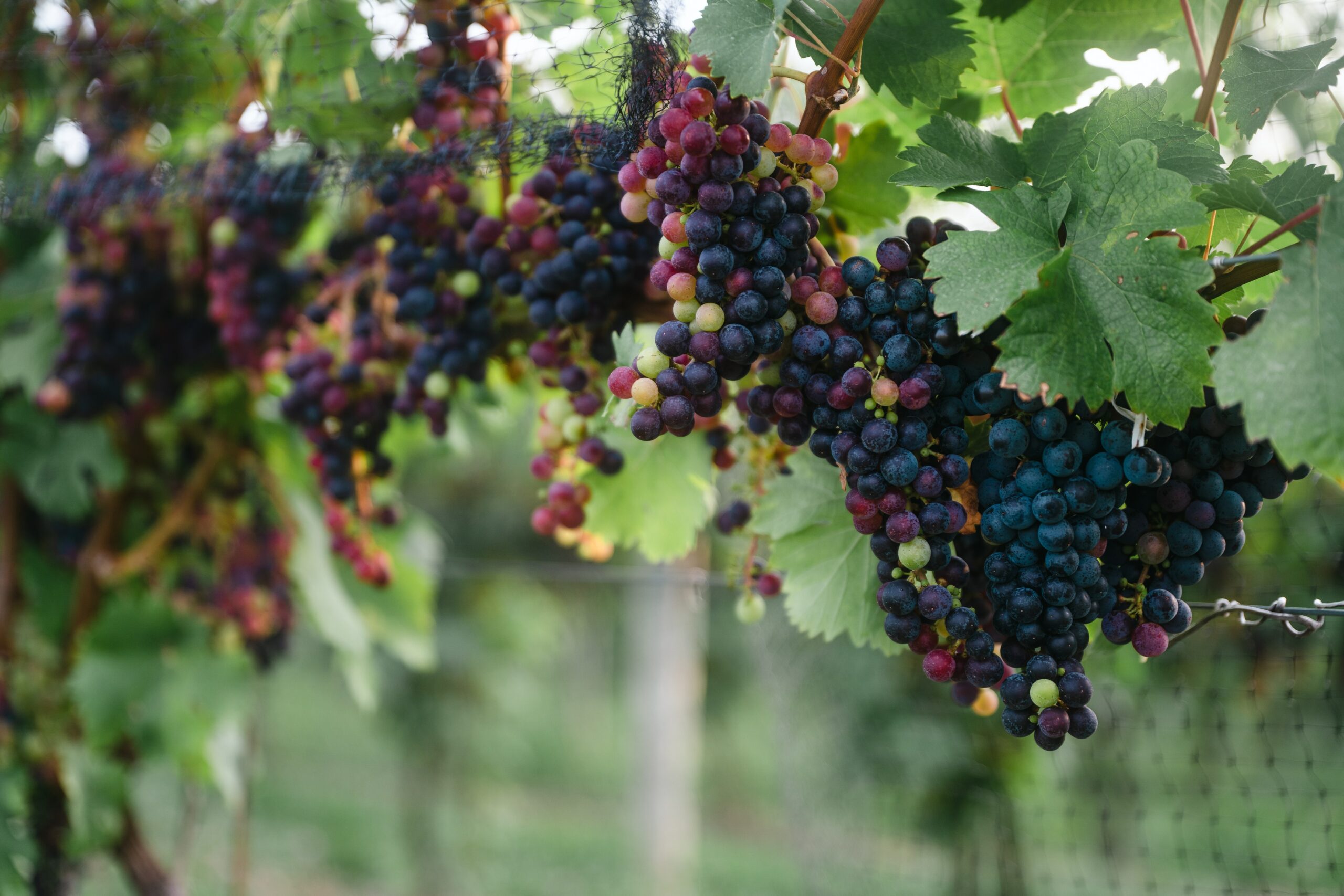

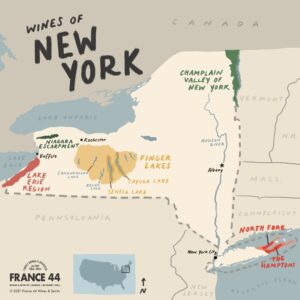 I admit that before my visit, I knew very little about these lakes. Located south of Lake Ontario, these 11 ‘finger’ lakes are the direct result of glacial activity some 2 million years ago. This activity, carved out long, narrow, deep lakes that stretch north to south like fingers reaching up to Lake Ontario. The extreme depth of these lakes (Seneca is 630 feet deep!) creates a moderating climatic influence on the vineyards of the region. This special lake effect helps make viticulture possible.
I admit that before my visit, I knew very little about these lakes. Located south of Lake Ontario, these 11 ‘finger’ lakes are the direct result of glacial activity some 2 million years ago. This activity, carved out long, narrow, deep lakes that stretch north to south like fingers reaching up to Lake Ontario. The extreme depth of these lakes (Seneca is 630 feet deep!) creates a moderating climatic influence on the vineyards of the region. This special lake effect helps make viticulture possible. 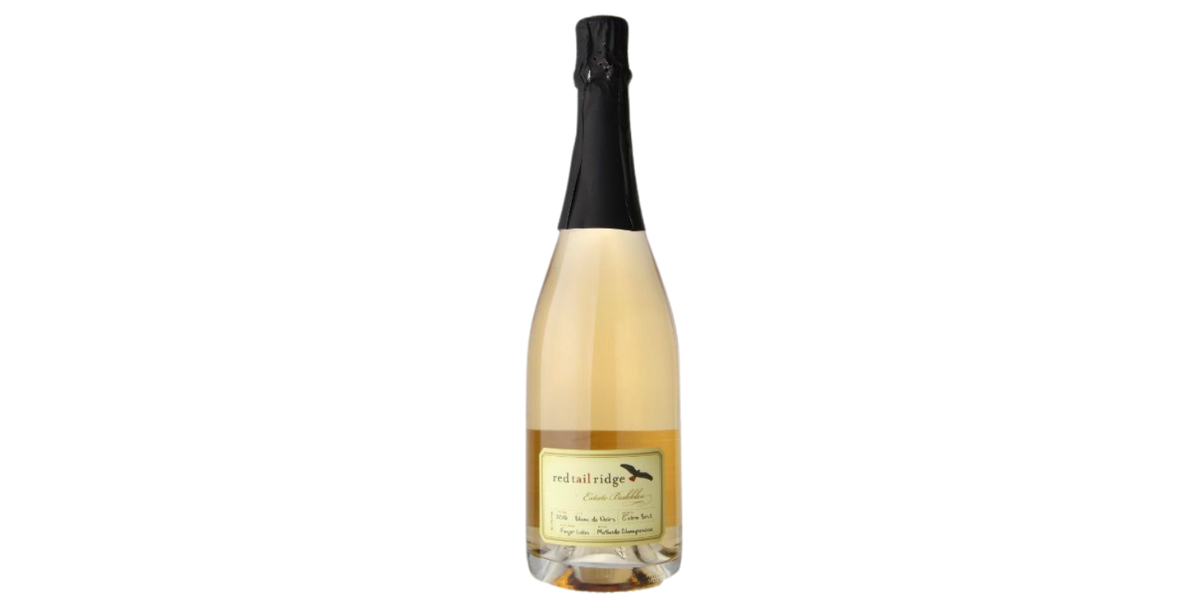
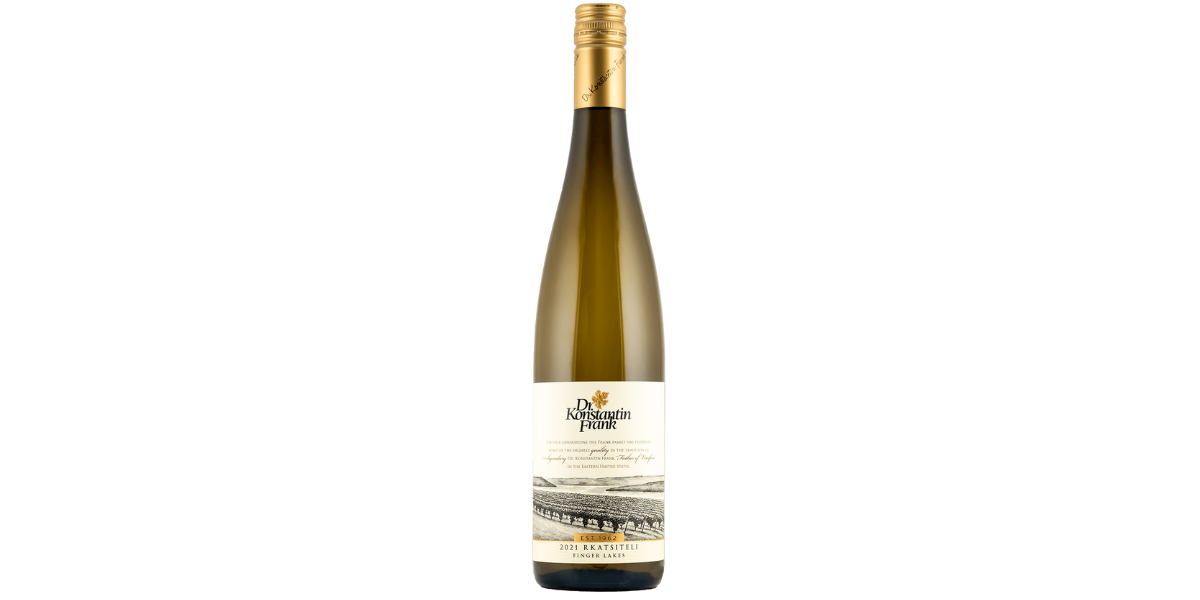
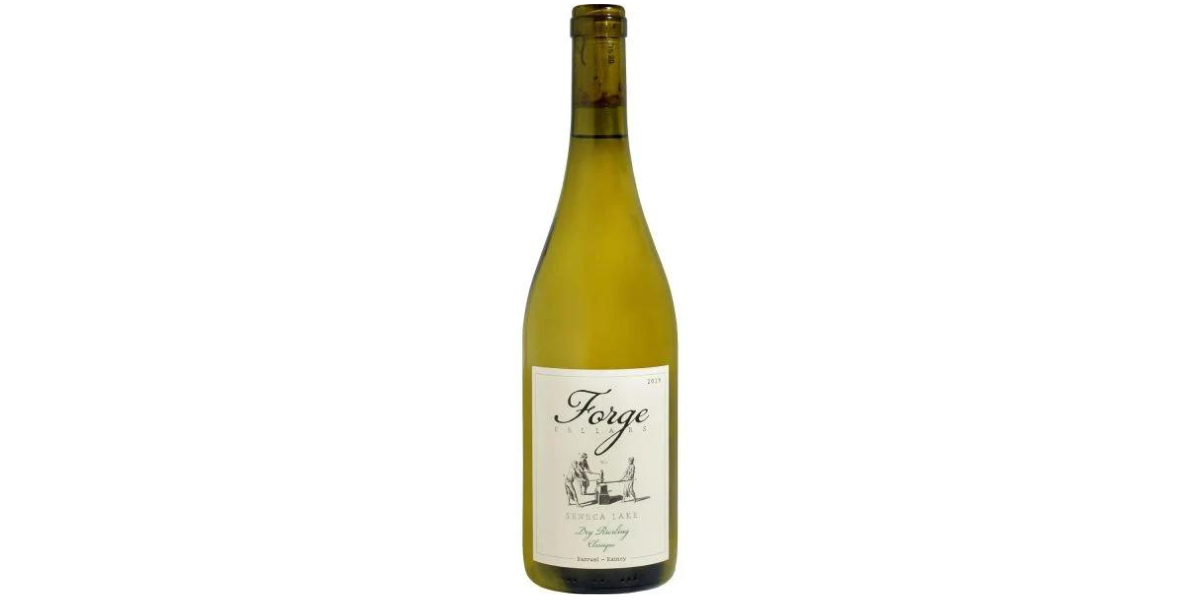
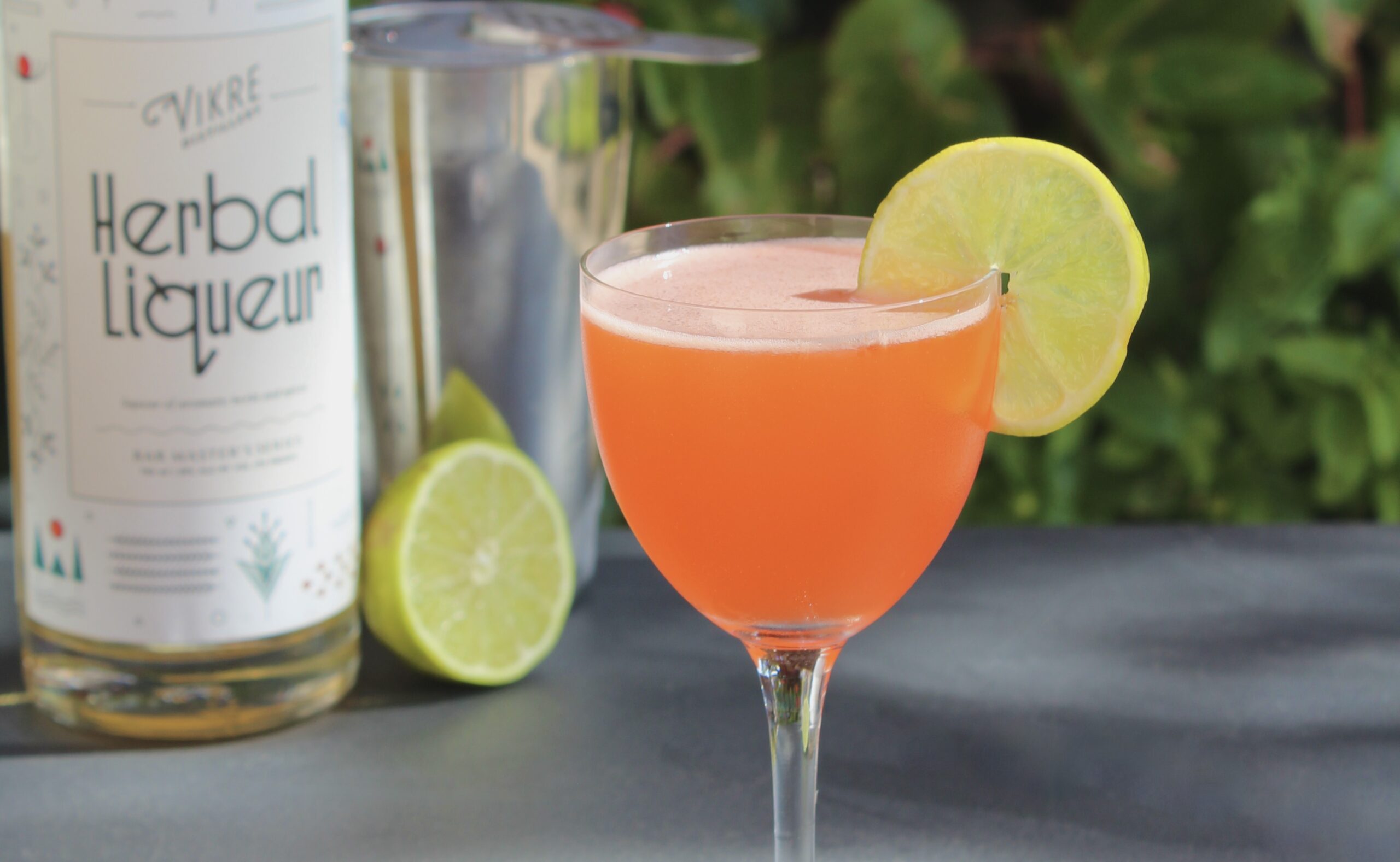
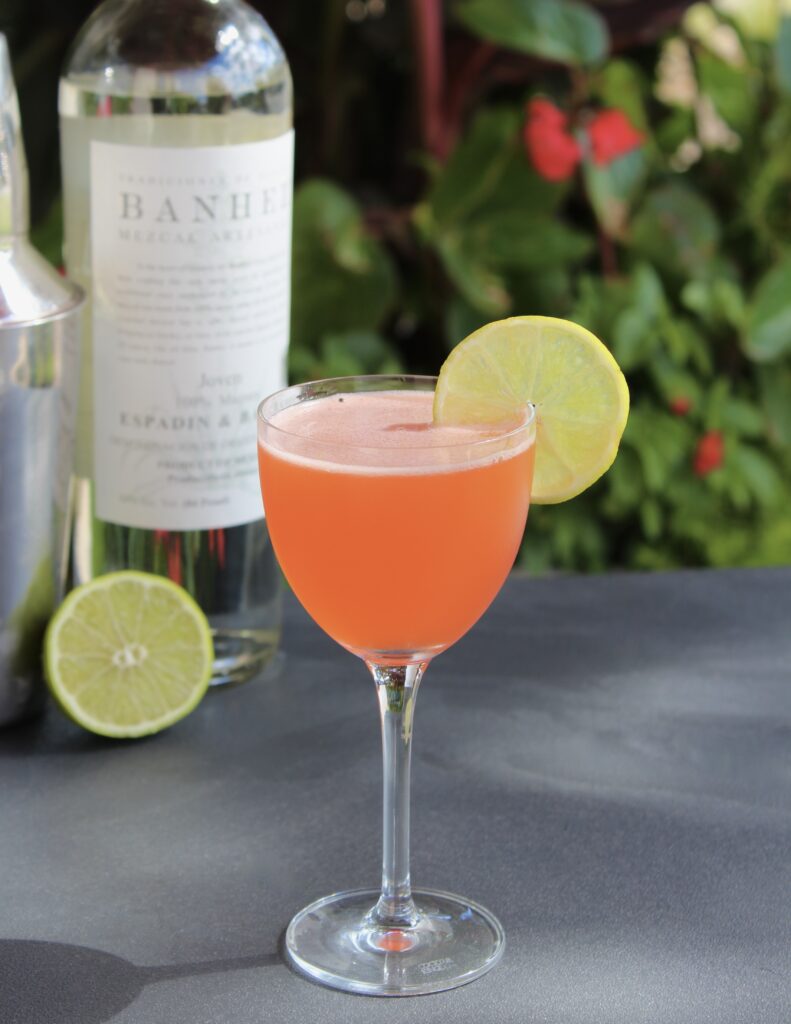
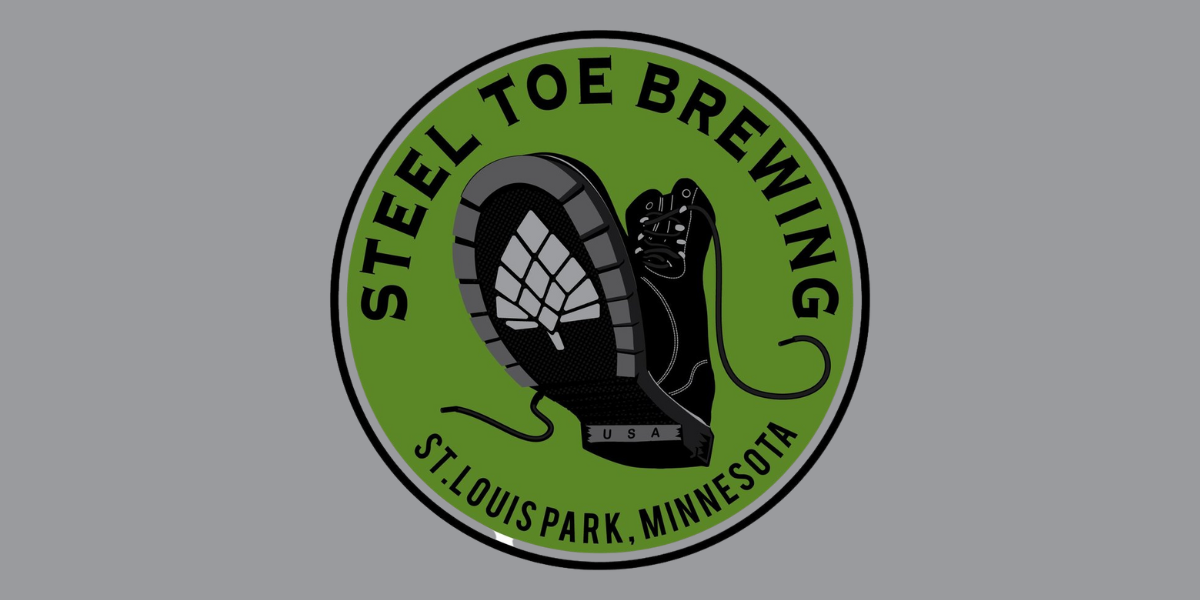
 By Bennett
By Bennett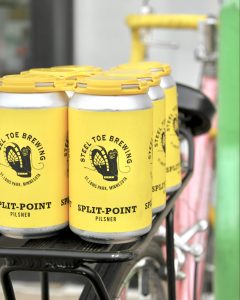 Jason’s dreams for owning a brewery began like many, as an avid homebrewer whose carboys of fermenting beer began to take up too much space. Landing a cellarman job in Montana led to assistant brewing, more brewing education, and eventually another cellarman role at Pelican Pub and Brewery in Oregon, where he “got his wings” and worked his way up to head brewer (see what I did there). After gaining this experience, the couple decided to head back to the Midwest to start their dream brewery. Steel toe boots, Jason’s preferred footwear for work, became the name, illustrative of the hard work ethic required for brewing great beer.
Jason’s dreams for owning a brewery began like many, as an avid homebrewer whose carboys of fermenting beer began to take up too much space. Landing a cellarman job in Montana led to assistant brewing, more brewing education, and eventually another cellarman role at Pelican Pub and Brewery in Oregon, where he “got his wings” and worked his way up to head brewer (see what I did there). After gaining this experience, the couple decided to head back to the Midwest to start their dream brewery. Steel toe boots, Jason’s preferred footwear for work, became the name, illustrative of the hard work ethic required for brewing great beer.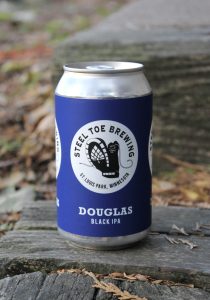 With “big dreams of staying small”, Steel Toe has only gradually increased their distribution over the years. They have kept their stable of beers small, focusing mostly on hop-driven pale ales with a discernible Pacific Northwest influence. You won’t see them brewing the latest smoothie-style sour, milkshake IPA or pastry stout. Heck, it wasn’t until last month that they “finally” released a hazy IPA. A few modern craft beer enthusiasts might be irritated by the purposeful absence of these experimental styles on their tap list. Steel Toe doesn’t bother with fads. Contrarily, they have preserved a reverence for beer styles that are oft-ignored in today’s craft market, such as Hefeweizen, Scotch Ale, Black IPA, and Imperial Red Ale. This conviction for well-made traditional craft styles is the thing I most admire about Steel Toe.
With “big dreams of staying small”, Steel Toe has only gradually increased their distribution over the years. They have kept their stable of beers small, focusing mostly on hop-driven pale ales with a discernible Pacific Northwest influence. You won’t see them brewing the latest smoothie-style sour, milkshake IPA or pastry stout. Heck, it wasn’t until last month that they “finally” released a hazy IPA. A few modern craft beer enthusiasts might be irritated by the purposeful absence of these experimental styles on their tap list. Steel Toe doesn’t bother with fads. Contrarily, they have preserved a reverence for beer styles that are oft-ignored in today’s craft market, such as Hefeweizen, Scotch Ale, Black IPA, and Imperial Red Ale. This conviction for well-made traditional craft styles is the thing I most admire about Steel Toe.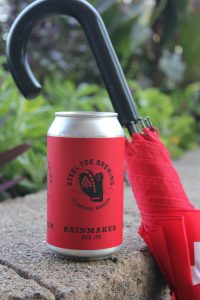 Douglas Cascadian Dark Ale – $13.99/6pk Can
Douglas Cascadian Dark Ale – $13.99/6pk Can